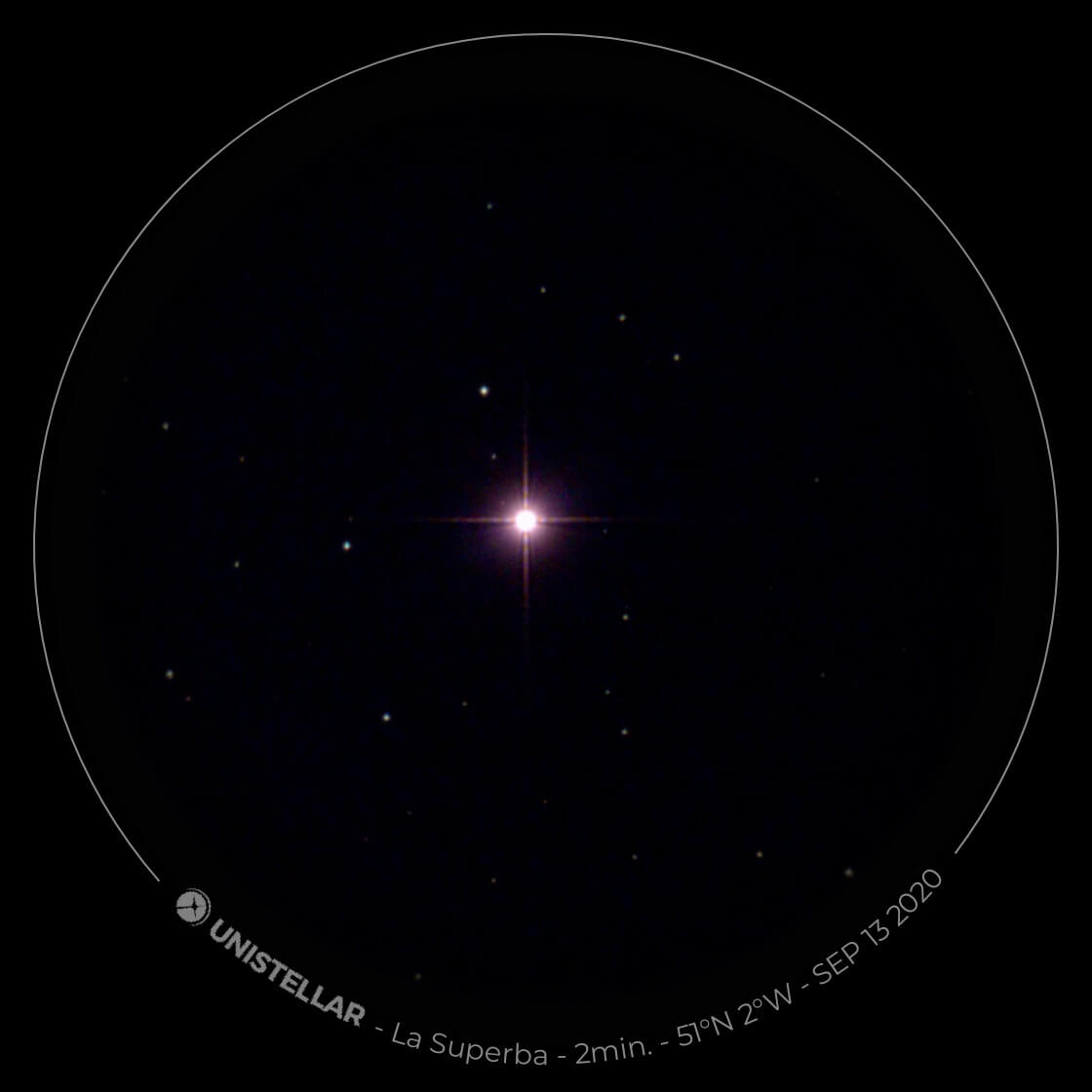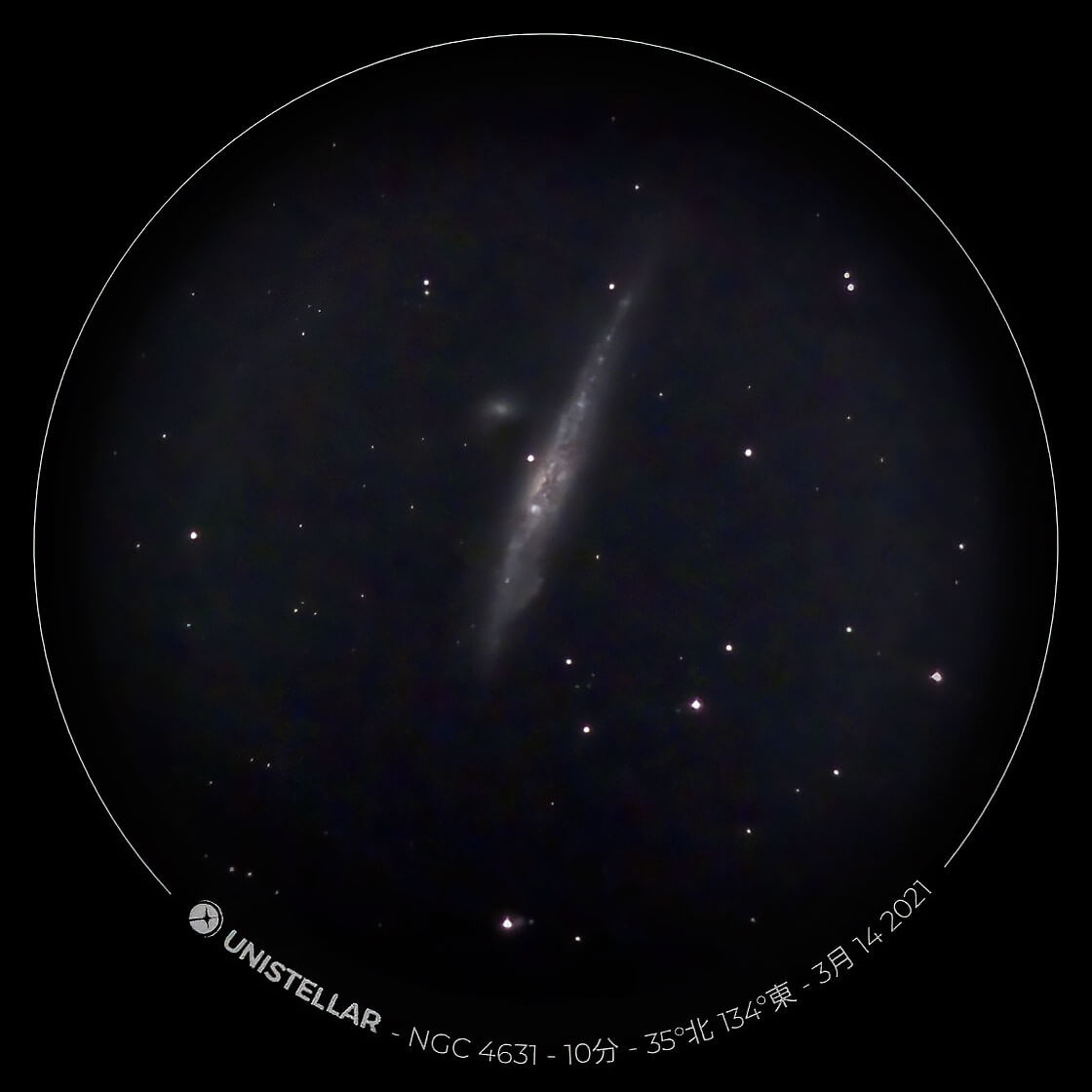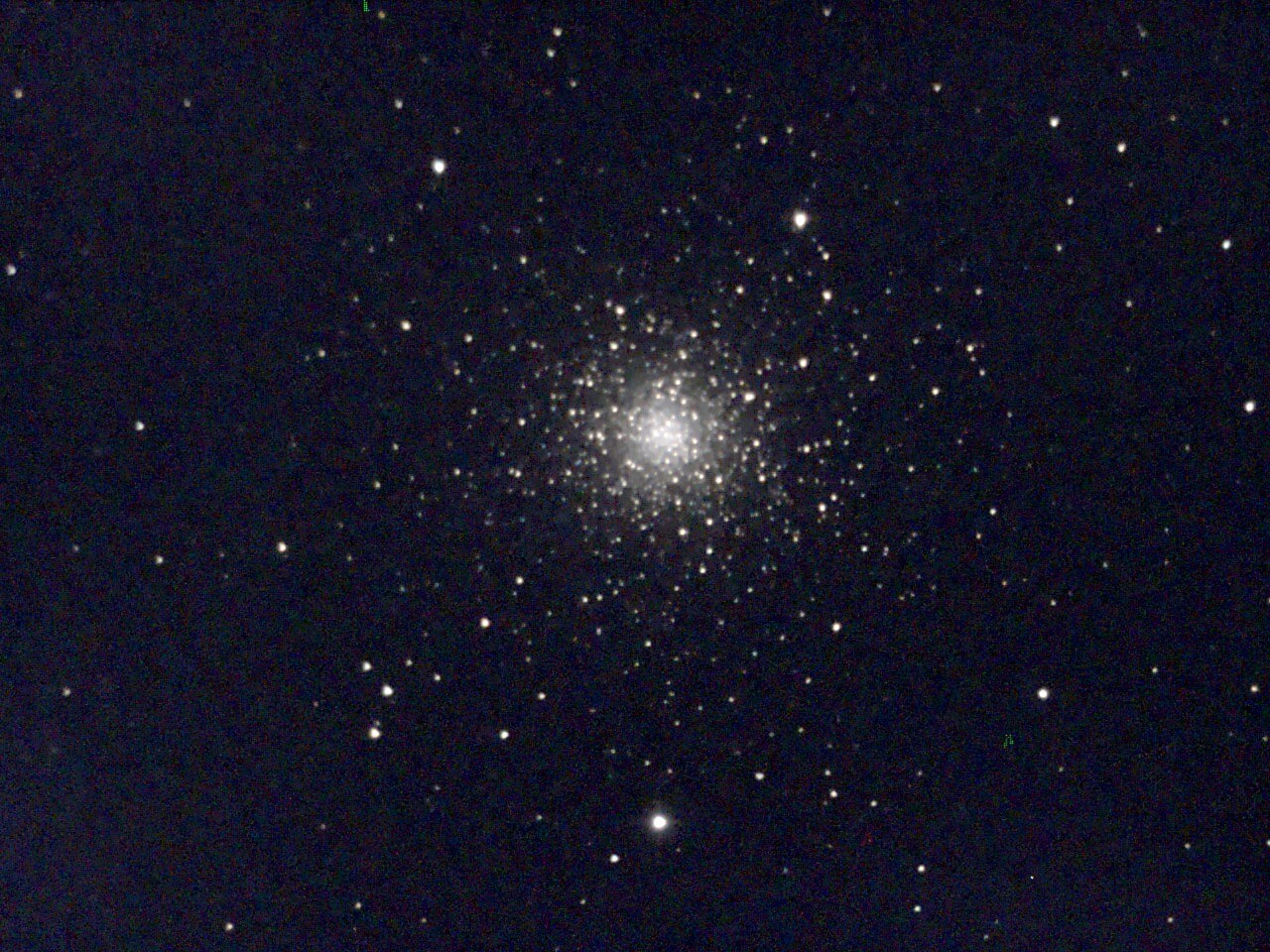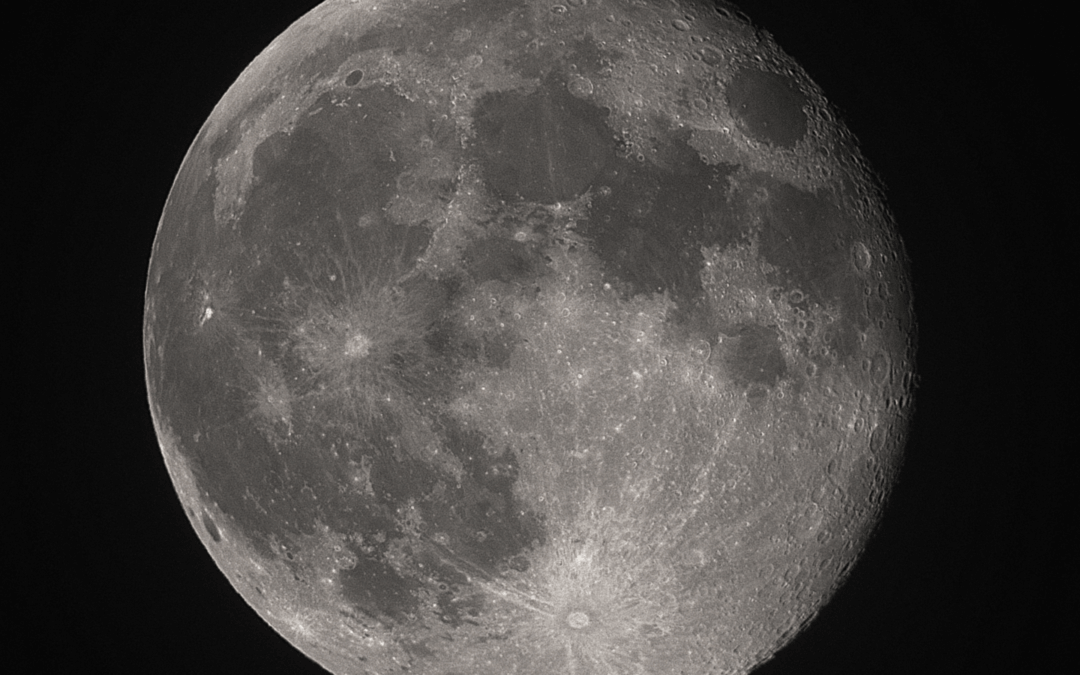Unistellar Citizen Astronomers are invited to participate in this week’s quest to observe celestial objects in the Canes Venatici constellation!
Quick facts about the Canes Venatici constellation:
- In Latin, Canes Venatici means “hunting dogs.”
- Canes Venatici represents the hunting dogs of Boötes, the herdsman from Greek mythology. Boötes is a constellation adjacent to Canes Venatici.
- The Greek astronomer Ptolemy originally catalogued the stars of Canes Venatici in the constellation Ursa Major, but did not specifically identify them. It wasn’t until 1687 that the constellation was created by Johannes Hevelius (astronomer, mayor and councillor of the Kingdom of Poland).
- Cor Caroli is the brightest star within Canes Venatici.
- The best time of year to view Canes Venatici is in Winter and Spring.
- Canes Venatici is the 38th largest constellation in our sky (out of 88) and is visible in the Northern Hemisphere.
Stars in Canes Venatici

eVscope image captured by Unistellar Citizen Astronomer David Rowe, from Wimborne, United Kingdom
The main stars within Canes Venatici include:
- Cor Caroli (α CVn): a binary star system, meaning two stars that orbit each other. In 1660, English physician and mathematician Sir Charles Scarborough gave it the name Cor Caroli, which means “Charles’ Heart.”
- Chara (β CVn): the second brightest star in Canes Venatici. In Greek, Chara means “joy.”
- La Superba (Y CVn): red giant star and is one of the reddest stars known (imaged above)
Observing Tips:
- Search for “cvn” in the Explore tab of the Unistellar app. What shows up will be all the stars and deep-sky objects in the Unistellar app database within the Canes Venatici constellation.
- We recommend using the Enhanced Vision mode when viewing stars to bring out their colors.
- Depending on the sky quality at your location, you may want to leave the Enhanced Vision mode on for a few seconds.
Deep-Sky Objects in Canes Venatici

eVscope image captured by Unistellar Citizen Astronomers Nicole Ruel and Jacques Bérard, from Québec
The Whirlpool Galaxy
The Whirlpool Galaxy (M51) actually consists of two galaxies: a large spiral galaxy (M51a) and its companion, a dwarf galaxy (M51b). They are a pair of interacting galaxies, meaning their gravity affects each other so much that it is changing their shape. Both galaxies are slowly merging, and currently, M51b is enhancing the spiral structure of M51a. Eventually, M51b will fully merge into M51a.
Observing Tips:
- Search for “M51” or “Whirlpool Galaxy” in the Explore tab of the Unistellar app.
- Depending on the sky quality at your location, you may want to leave the Enhanced Vision mode on for at least 5 minutes.
- Recommended Bortle Class is 6 or lower.

eVscope image captured by Unistellar Citizen Astronomer David Kerr, from New Brunswick
The Sunflower Galaxy
The Sunflower Galaxy (M63) is a spiral galaxy that stretches about 98,000 light years across, making it roughly the same size as our Milky Way Galaxy. The Sunflower Galaxy’s name comes from the short spiral arm segments that wind in toward its bright central disc. It is known as a flocculent spiral galaxy, because of the fluffy, patchy, and discontinuous nature of its spiral arms.
Observing Tips:
- Search for “M63” or “Sunflower Galaxy” in the Explore tab of the Unistellar app.
- Depending on the sky quality at your location, you may want to leave the Enhanced Vision mode on for at least 10 minutes
- Recommended Bortle Class is 5 or lower.

eVscope image captured by Unistellar Citizen Astronomer 後藤干城 Tateki Goto, from Osaka, Japan
Whale Galaxy
The Whale Galaxy (NGC 4631), along with our own Milky Way Galaxy, is classified as a barred spiral galaxy. The bar structure in the center of these galaxies is found in about half of all the spiral galaxies in our universe! Here on Earth, the Whale Galaxy is seen edge-on, which is the reason why it appears to have an elongated and cetacean-like shape.
Observing Tips:
- Search for “NGC 4631” in the Explore tab of the Unistellar app.
- Depending on the sky quality at your location, you may want to leave the Enhanced Vision mode on for at least 10 minutes
- Recommended Bortle Class is 5 or lower.

eVscope image captured by Unistellar Citizen Astronomer Gerd Waloszek, from Germany
Messier 3
Messier 3 (M3) is a globular cluster, a densely packed group of hundreds of thousands of stars that all formed together at the same time. It is one of the largest and brightest globular clusters known and is home to about 500 thousand stars!
Observing Tips:
- Search for “M3” in the Explore tab of the Unistellar app.
- Depending on the sky quality at your location, you may want to leave the Enhanced Vision mode on for at least a few minutes
- Recommended Bortle Class is 7 or lower.
We encourage you to share your observations and join the conversation through our Facebook, Instagram and Twitter pages using the hashtag #UnistellarChallenge!
If you’d like to send us your observations by email, send them to [email protected].
Clear skies! 🔭
Further readings
3 Reasons to observe this month
Every month, discover three unmissable celestial events to observe with your Unistellar telescope.
Observing Eclipses on Jupiter: Cosmic Spectacles Through a Telescope
The latest Unistellar App Update, version V3.0, is now live. Explore a smooth stargazing experience !
Unistellar Community Included In Multiple Scientific Papers
Did you know Unistellar Citizen Astronomers are often cited in published scientific papers? Find out how you can contribute too!
What Are the Names of All the Full Moons in 2024?
Discover the enchanting names of the full moons in 2024. Delve into the unique character of each lunar spectacle and embrace the allure of the night sky.
New Unistellar App Update: Version 3.0
The latest Unistellar App Update, version V3.0, is now live. Explore a smooth stargazing experience !
What to Observe This November: Open Star Clusters and More
These Halloween deep-sky objects will add some light to those dark, spooky nights. Treats, tricks, and telescopes await!






